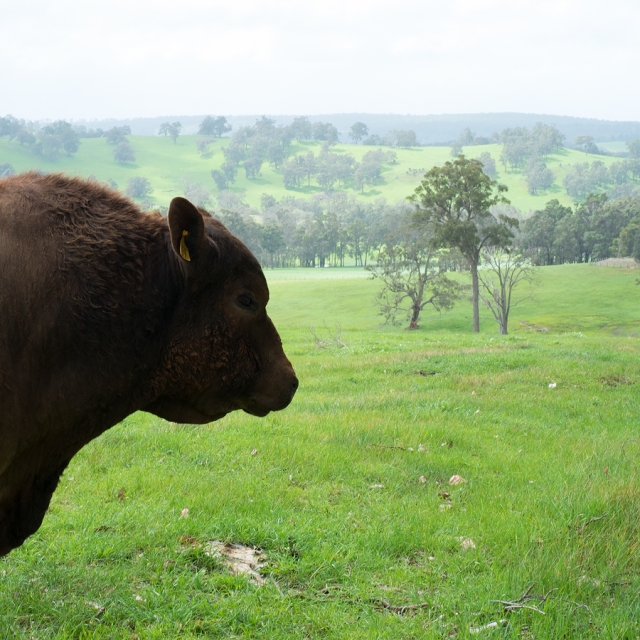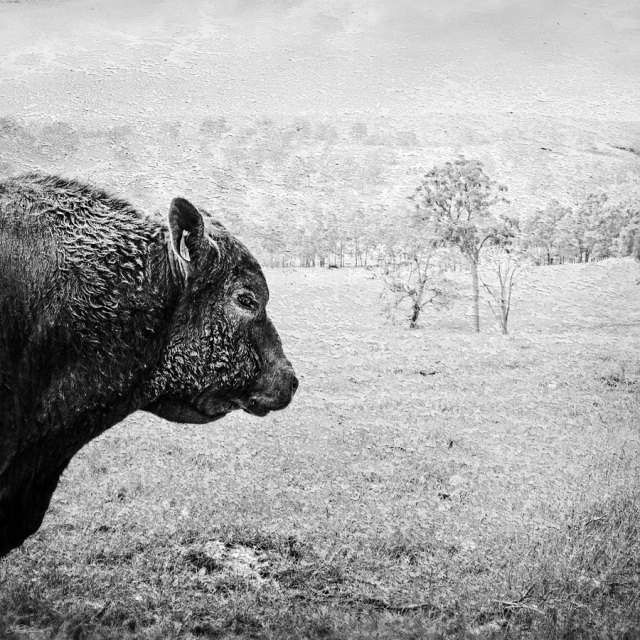Is photography art? What about if you change a photo can you still call yourself a photographer?
These are some really big questions that will always split a room.
For me, my definition of a photographer is someone who captures a photo and then develops it into picture.
Looking through history this is exactly what a photographer would do. The process hasn’t changed a bit. The film was loaded into the camera and the photographer would set out and capture the images of life. Back in the darkroom the film was processed and projected by an enlarger to be made into a photo using various techniques.
Today, photography is no different. Digital has changed the way we shoot but hasn’t changed the photographer. For me I still shoot like I have a film camera. I ensure my composition, exposure and focus are all set correctly in camera before I take the photo and the only difference is I don’t to have to bother with chemicals to process my image – its instant. I simply import my images into my favourite software and process them the way I interpreted the scene. The reason I do this is because I have found no camera will ever capture the scene the way I saw it. I take the image and make it into a picture. So this makes me a photographer.
At this point you may be agreeing or disagreeing with me. Let me put it in perspective for you before we start bubbling over.
I will acknowledge there are many different types of photography out there. Not every type is the same. Some forms of photography require specific processes whereas some require no processing at all. Let me give you an example – photo journalism and documentary style photographers certainly don’t require much or in some cases any editing as the scene they present needs to show real life – how it happened. This wouldn’t be the case for a fine art photographer or digital artist. Just as the real life photographer capture the scene so does the creative photographer. The only difference is the creative photographer uses their imagination and art form to bring emotion and styling to the scene. The photo journalist will rely on the realism of the scene to bring an emotional reaction to the viewer. So really both sides can call themselves photographers, the only difference is the way they try to create emotion through their medium.
If you look through history, artists came in all forms. Painters, sculptors and even photographers would use their industry tools to create a piece of art which in most cases they would present to the world, hoping for some sort of emotional reaction. Today, photo journalists, documentary or fine art photographers are no different. Each still use their own industry tools to create emotion through their pieces of art. They simply use their tools differently.
For me I would call myself a fine art photographer as my main medium is photography. Photoshop is my studio and light is my canvas. I capture and frequently use textures and tones to create emotion within my scenes. I want to portray the way I perceive the scene to be.
Let me give you an example. In the scene below I saw a gritty, dusty bull. I wanted to portray the strong, steadfast masculinity of the bull against the soft background fog, floating precariously in the background. I used strong salty textures and extreme sharpness with black and white tones to separate the bull from the background.
If I didn’t process this image in my digital darkroom (Photoshop) I feel the story wouldn’t have been as strong. Sure, the original looks good but why stay with good when I can make it great and tell a better story? Isn’t that limiting my creative abilities? Would the world be dumbing me down saying “that’s not a photo?!” I hope my explanation on a photographer will change that. What are your thoughts?
This is my view, I can’t really speak for all photographers out there but I would like to say I am an artist. I’m a photographer – no bull!
THIS PHOTO CAN BE DOWNLOADED FOR FREE – CLICK HERE
Photographed using the Fujifilm X-Pro 1
Until Next Time – Happy Shooting.










